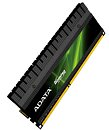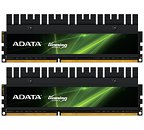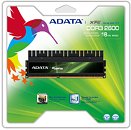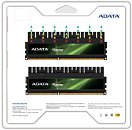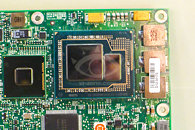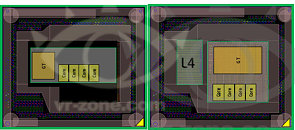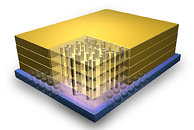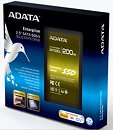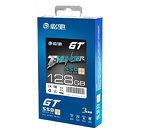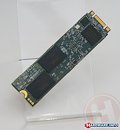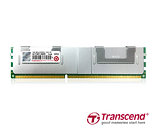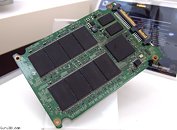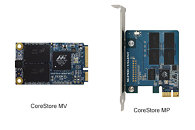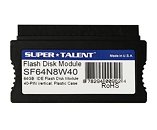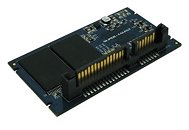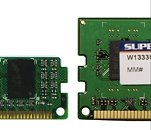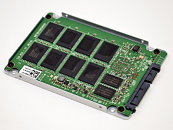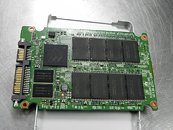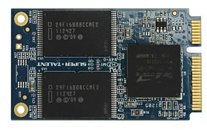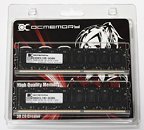
Samsung Now Producing 4 Gb LPDDR3 Mobile DRAM, Using 20nm-class Process Technology
Samsung Electronics Co., Ltd., the world leader in advanced memory technology, today announced the industry's first production of ultra-high-speed four gigabit (Gb) low power double data rate 3 (LPDDR3) mobile DRAM, which is being produced at a 20 nanometer (nm) class* process node. The new 4Gb LPDDR3 mobile DRAM enables performance levels comparable to the standard DRAM utilized in personal computers, making it an attractive solution for demanding multimedia-intensive features on next-generation mobile devices such as high-performance smartphones and tablets.
"By providing the most efficient next-generation mobile memory with a very large data capacity, we are now enabling OEMs to introduce even more innovative designs in the marketplace," said Young-Hyun Jun, executive vice president, memory sales & marketing, Samsung Electronics. "Our 20nm-class four gigabit mobile DRAM provides another example of our ability to deliver well-differentiated, high-performance, high-density memory to customers in a timely manner."
"By providing the most efficient next-generation mobile memory with a very large data capacity, we are now enabling OEMs to introduce even more innovative designs in the marketplace," said Young-Hyun Jun, executive vice president, memory sales & marketing, Samsung Electronics. "Our 20nm-class four gigabit mobile DRAM provides another example of our ability to deliver well-differentiated, high-performance, high-density memory to customers in a timely manner."

